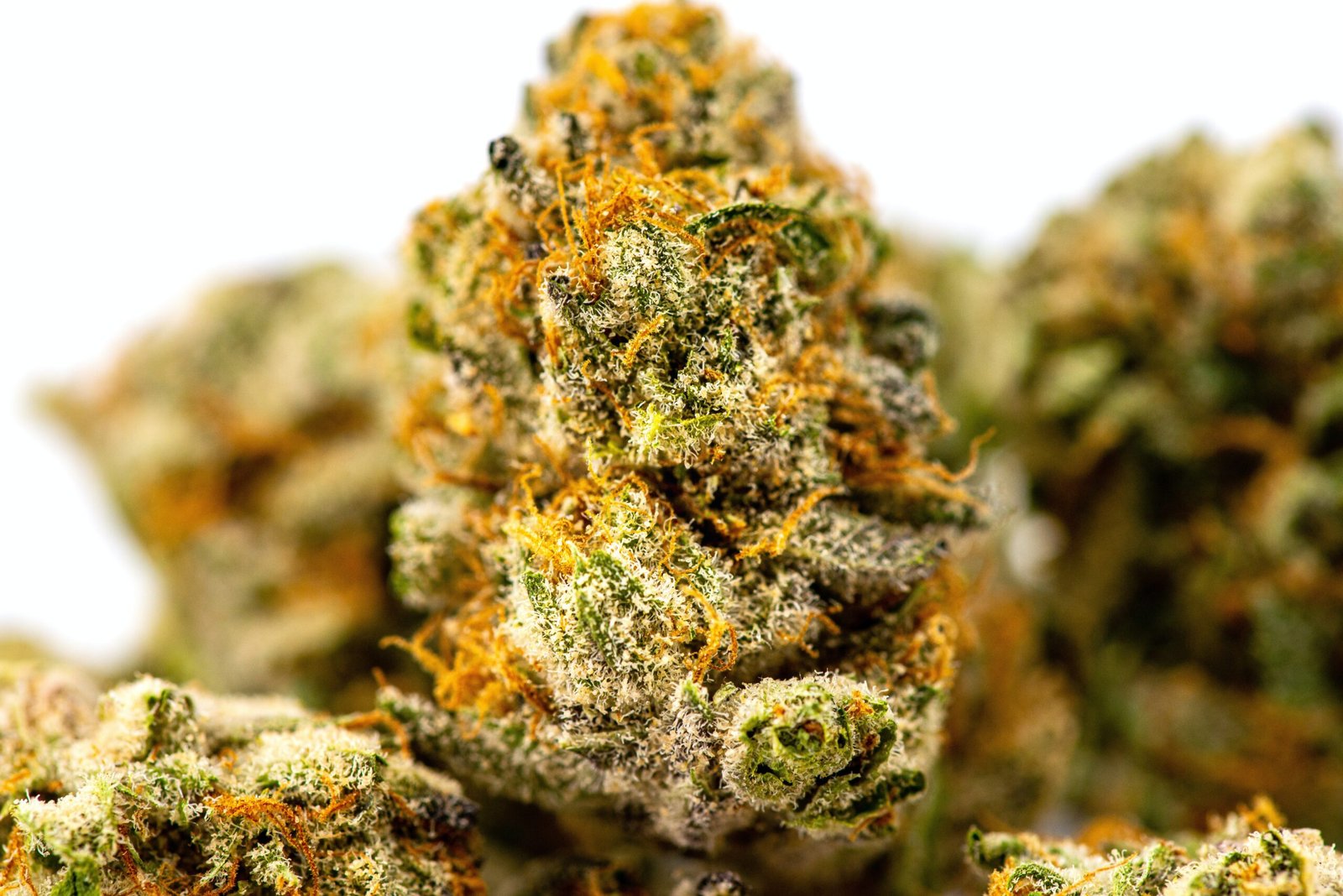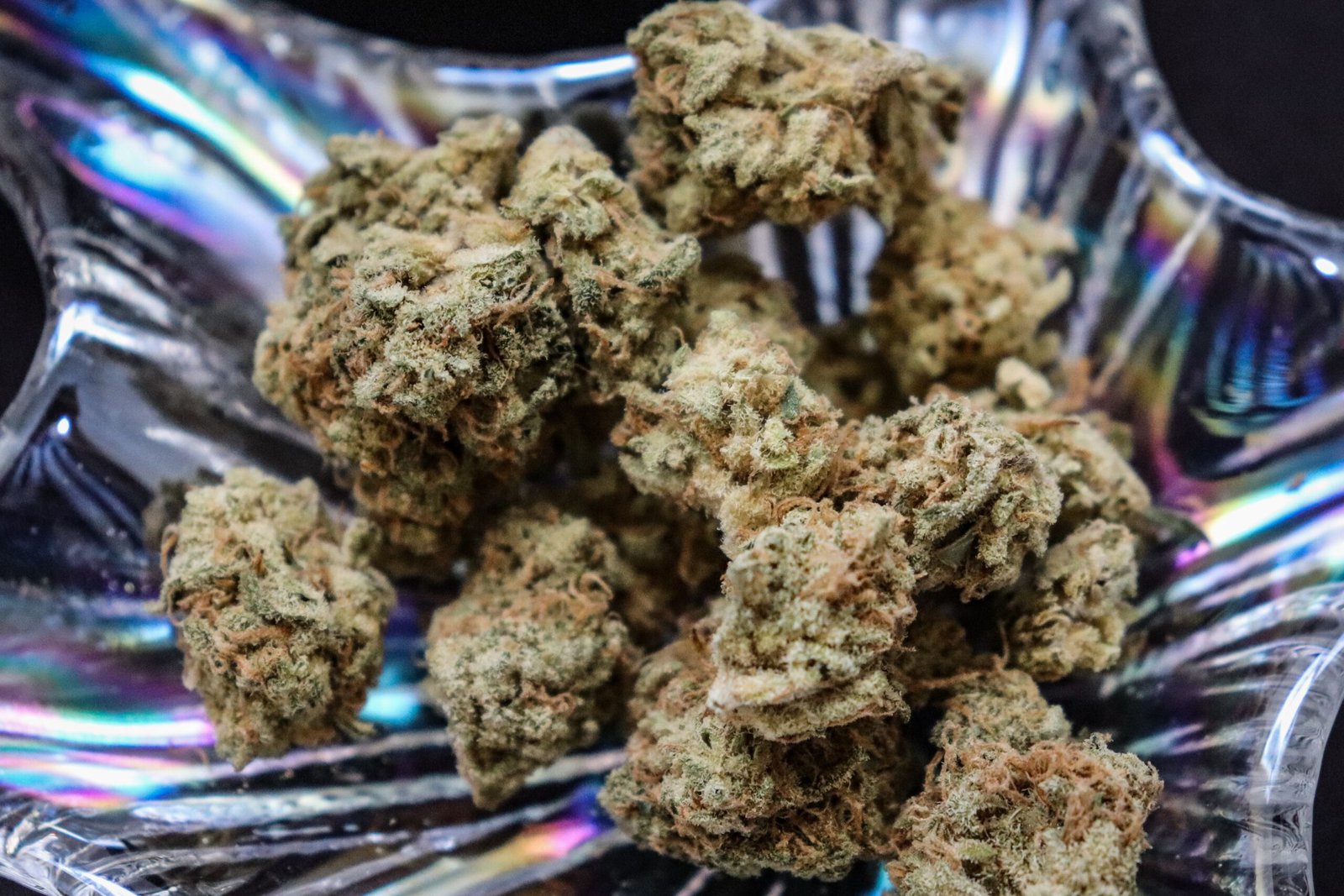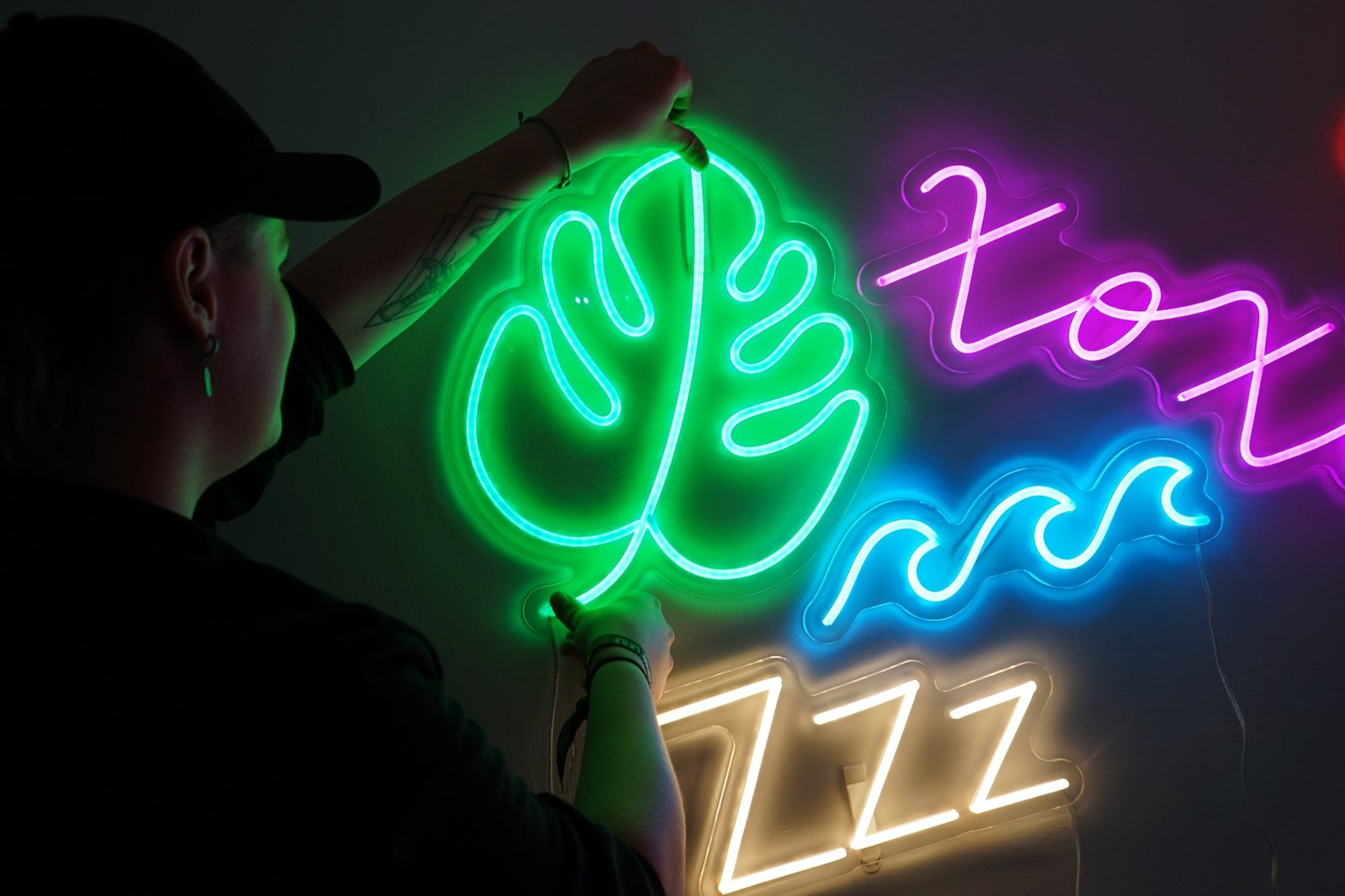It’s time to talk about the underrated heroes of the marijuana plant: trichomes!
What are trichomes? These look like frosty crystals or little hairs all over the buds. You know you’re in for a treat when you see them – trichomes are the little factories that produce THC and other cannabinoids, as well as terpenes.
Without trichomes, cannabis wouldn’t have the effects, smells, and tastes it’s so well-known for!
What Are Cannabis Trichomes?
Trichomes are the “sticky little hairs” all over quality cannabis flowers. Actually, they’re not really hairs – trichomes are glands that produce resin on the marijuana plant. If you were to take a look at them under a microscope, they’d look like minuscule mushrooms. Cannabis trichomes cover the majority of the plant, but are especially plentiful at the top and on the flowers.
The Multifunctionality Of Trichomes
As already mentioned, trichomes are responsible for resin production in cannabis plants. Aside from that sticky, frosty appearance, trichomes are where you’re going to find a huge amount of THC and other cannabinoids. You might be surprised at just why trichomes make all this resin. It’s because, for marijuana plants, the trichomes function as a defense mechanism in the wild, deterring insects and animals with their bitter taste, intense smell and psychoactive effects. They also protect the plants from harmful UV rays, strong winds and fungus. Now that’s multitasking!
Why Are Trichomes So Important?
Not only do marijuana trichomes protect cannabis plants, but they’re also responsible for why cannabis is so much fun to smoke. They are the factories of the cannabis plant, working hard to produce hundreds of types of cannabinoids, terpenes, and flavonoids.
Countless Cannabinoids
There are well over 100 different cannabinoids that have been identified so far, but we don’t have time to talk about all of them. There are the well-known ones, like THC and CBD, but all the others, psychoactive or not, still contribute to the overall effects of weed. When you consume cannabis, your body’s endocannabinoid system interacts with the cannabinoids in your doobie, inducing the pleasant sensation we call “getting high.”
Tasty, Tasty Terpenes!
What makes Pineapple Express so fruity? That would be the terpenes! Terpenes are aroma-emitting phenols, which are elements that contribute to the diverse flavors and aromas we associate with different cannabis strains. They also work similarly to THC by binding to receptors in the brain, stimulating various effects we associate with the high.
Fancy Some Flavonoids?
Last but not least, flavonoids work together with terpenes to enhance the color, taste, and smell of cannabis. These phytonutrients work together with the other compounds to create a wonderful variety of health benefits. Lucky for us that something so tasty is also so beneficial!
Get To Know Your Trichomes
There are three types of trichomes: bulbous, capitate sessile, and capitate-stalked trichomes. They all contribute to what makes cannabis taste and feel so good by producing tons of cannabinoids and oils.
Bulbous Trichomes
Bulbous trichomes are absolutely tiny – as small as 10-15 micrometers! These orb-shaped trichomes appear all over the entire plant, although you might not notice them since they’re nearly invisible to the human eye. They don’t contribute as much as the other two types but still contain all the good stuff.
Capitate Sessile Trichomes
Next in the line-up are capitate sessile trichomes, which are a bit larger than their bulbous friends. These ones have both a head and a stalk that are more plentiful in cannabinoids. Capitate sessile trichomes are more common and like to hang out around the top of the plant.
Capitate-Stalked Trichomes
And finally, the powerhouses of the group – capitate-stalked trichomes! These are easily visible to the naked eye, ranging from 50-100 micrometers wide, and feature a stalk with a large gland head. Capitate-stalked trichomes produce the most cannabinoids of the three and are particularly great for the harvesting of oils.
What Trichomes Can Tell You
If you look closely at your growing buds with a macro camera or magnifying glass, you can learn a lot by what the trichomes look like. Just by determining the color and opacity, you can figure out if your cannabis is ready to harvest!
Harvesting Know-How
You’ll know the early signs of a female marijuana plant is ready to harvest by analyzing how your trichomes have developed. The hue and translucency of the trichomes are like a little cheat sheet for how much THC concentration you’ve got in your buds. You definitely don’t want to harvest when the trichomes are clear, as they haven’t yet fully developed and still have more resin to produce.
In the last two weeks of flowering, you’ll notice milky trichomes as production increases and the trichomes start to turn amber, which is an indicator for trichome maturity. We recommend harvesting when about 30% of the trichomes are amber for Sativas, and 70-80% amber when you’re working with an Indica.
The Effect Of The Bud
What your trichomes look like when you decide to harvest plays a hefty role in the effects of the bud! Regardless, you have to make sure the heads of the trichomes are fully developed before harvest, but how long you allow them to “ripen” will determine the type of high your cannabis gives you. Cloudy trichomes will hit you with an energetic high, while amber trichomes are going to have far more physically sedative effects. An equal mix of both trichomes will deliver a combined effect and a nice balance between a head and body high.
Show Your Appreciation For Trichomes!
Without trichomes, the cannabis plant would be left defenseless, and we would have no idea about the unique benefits of marijuana. Each type of trichome plays an essential role in the plant’s growth, and are therefore also responsible for our enjoyment of the hundreds of cannabinoids they produce. Next time you light up, consider how cannabis trichomes are truly a wonder of nature!









